Growing Geriatric Population
The aging population in the US is a critical driver for the salivary gland-infection market. Older adults are more susceptible to various health issues, including salivary gland infections, due to factors such as decreased immune function and the presence of comorbidities. As the geriatric demographic continues to expand, the demand for effective management of salivary gland infections is likely to increase. This trend is underscored by projections indicating that by 2030, nearly 20% of the US population will be aged 65 and older. Consequently, healthcare systems may need to adapt to accommodate the specific needs of this population, leading to an increase in the development and availability of treatments for salivary gland infections. The salivary gland-infection market could see substantial growth as healthcare providers focus on addressing the unique challenges faced by older patients.
Increased Awareness and Education
There is a growing awareness regarding salivary gland infections among both healthcare professionals and the general public. Educational initiatives aimed at informing individuals about the symptoms and risks associated with these infections are becoming more prevalent. This heightened awareness is likely to lead to earlier diagnosis and treatment, which could positively impact the salivary gland-infection market. As patients become more informed, they are more likely to seek medical attention for symptoms that may have previously gone unreported. Furthermore, healthcare providers are increasingly incorporating discussions about salivary gland health into routine check-ups, which may lead to a rise in consultations and subsequent treatments. This trend suggests that the salivary gland-infection market could experience growth as more individuals recognize the importance of oral health and its connection to overall well-being.
Technological Innovations in Treatment
Technological advancements in treatment modalities are significantly influencing the salivary gland-infection market. Innovations such as minimally invasive surgical techniques and the development of targeted therapies are enhancing treatment outcomes for patients. For instance, the introduction of endoscopic procedures allows for more precise interventions with reduced recovery times. Additionally, the emergence of novel pharmacological agents that target specific pathogens associated with salivary gland infections is likely to improve patient outcomes. The market for these advanced treatment options is projected to grow, as healthcare providers increasingly adopt these technologies to enhance patient care. Furthermore, the integration of artificial intelligence in diagnostic processes may streamline the identification of infections, thereby facilitating timely treatment and potentially expanding the salivary gland-infection market.
Regulatory Support for Innovative Therapies
Regulatory bodies in the US are increasingly supportive of the development of innovative therapies for salivary gland infections. Initiatives aimed at expediting the approval process for new treatments are likely to encourage pharmaceutical companies to invest in research and development. This regulatory environment fosters innovation, which could lead to the introduction of novel therapies that address unmet medical needs in the salivary gland-infection market. Additionally, the potential for fast-track designations and priority review vouchers may incentivize companies to focus on this area. As a result, the salivary gland-infection market may experience an influx of new products, enhancing treatment options for patients and potentially improving health outcomes.
Rising Incidence of Salivary Gland Infections
The increasing prevalence of salivary gland infections in the US is a notable driver for the salivary gland-infection market. Factors such as poor oral hygiene, dehydration, and certain medical conditions contribute to this rise. Recent studies indicate that approximately 10% of the population may experience some form of salivary gland infection during their lifetime. This growing incidence necessitates enhanced diagnostic and treatment options, thereby propelling market growth. As healthcare providers become more aware of these infections, the demand for effective therapies and interventions is likely to increase. Consequently, pharmaceutical companies are focusing on developing innovative treatments, which could further stimulate the salivary gland-infection market. The need for effective management strategies is becoming increasingly critical as the population ages and the prevalence of chronic diseases rises.


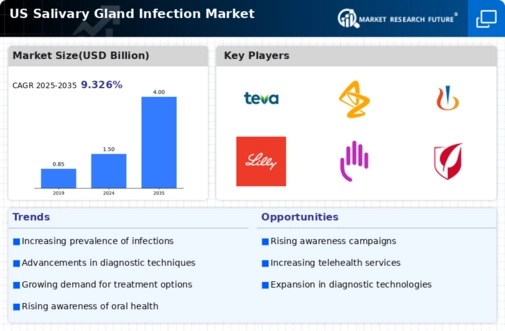
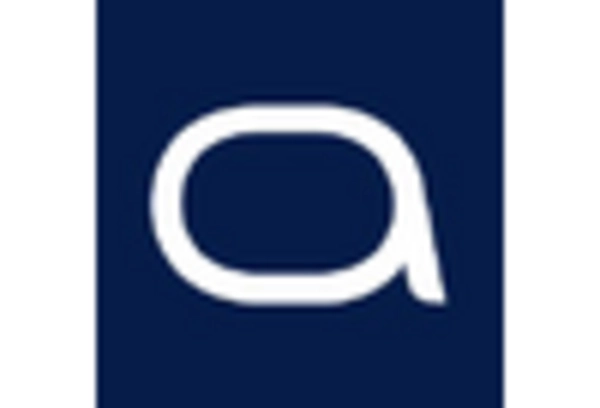
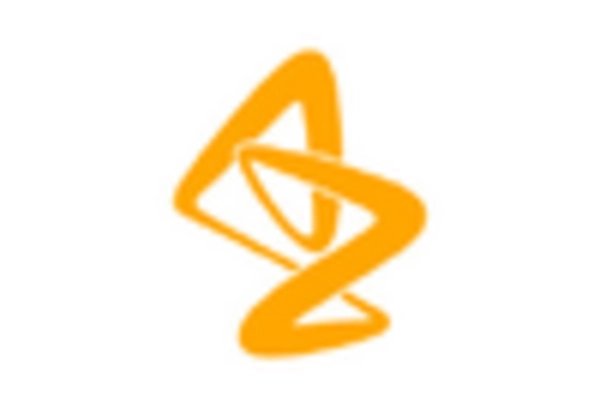
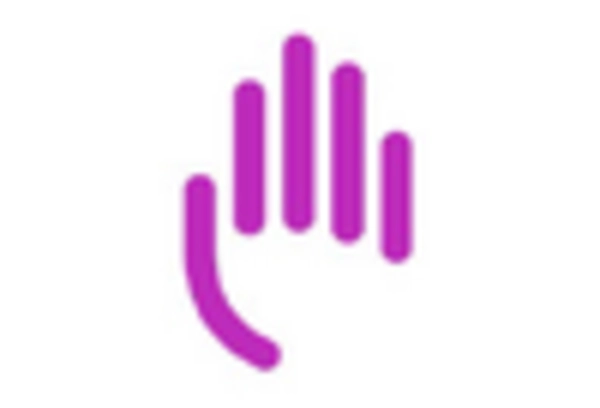
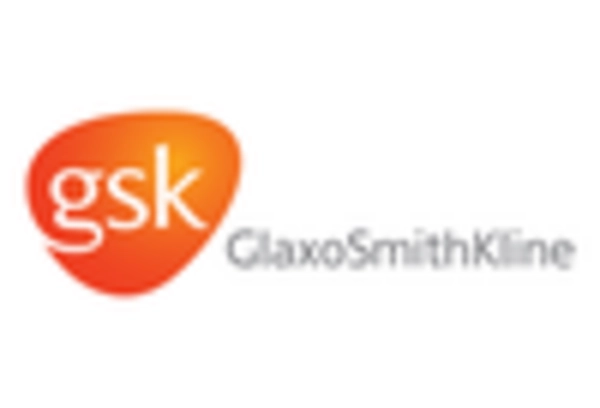
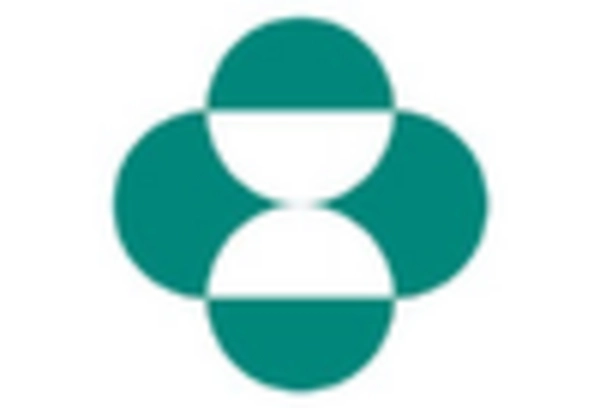
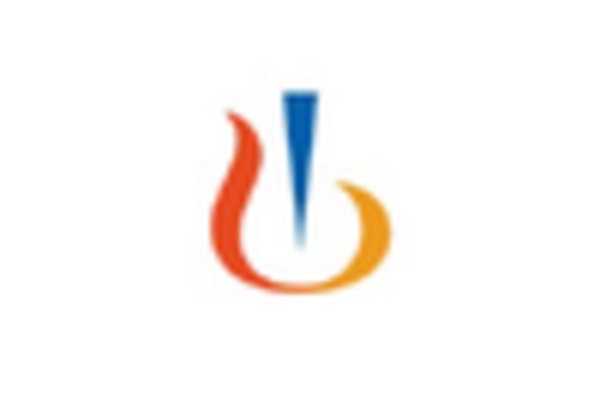








Leave a Comment